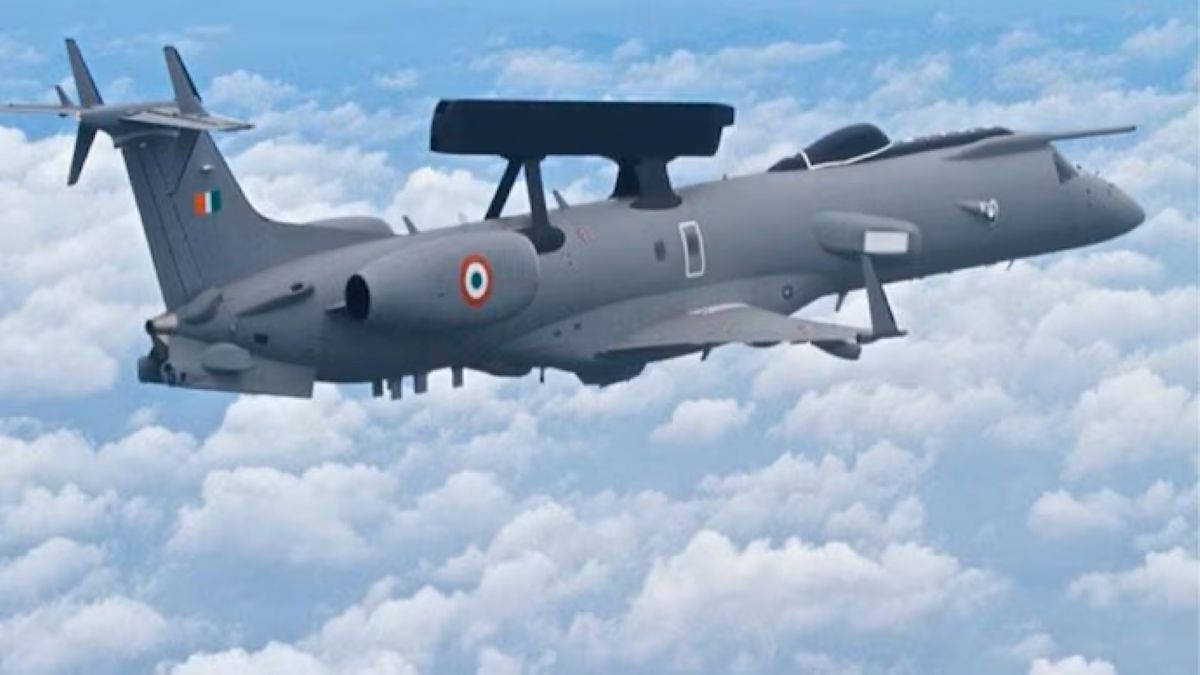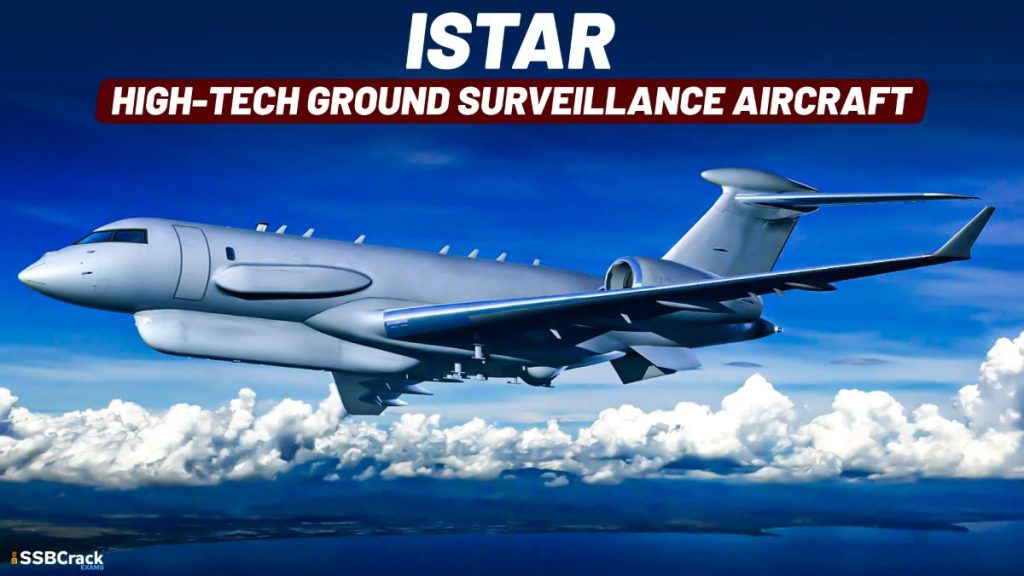
The Indian Air Force (IAF) is on the verge of a major technological leap with the acquisition of advanced Indigenous I-STAR spy planes worth Rs 10,000 crore. This significant development will dramatically boost India’s aerial reconnaissance and precision strike capabilities, further strengthening the country’s defense posture.
A Game-Changer for Indian Air Force Defence
The I-STAR (Intelligence, Surveillance, Target Acquisition, and Reconnaissance) aircraft are designed to provide the IAF with unmatched situational awareness on the battlefield. These high-altitude surveillance planes will enable real-time monitoring and pinpoint targeting of enemy ground installations such as radar sites, mobile air defense systems, and command posts — all critical for precision strikes.
This move places India in an elite group of nations, including the United States, Israel, and the United Kingdom, who operate similar airborne battlefield intelligence platforms. The indigenous nature of this project underscores India’s push for self-reliance in defense technology, a key priority in its Make in India initiative.
Read Also: Test Pilot, Combat Leader, Astronaut: Shubhanshu Shukla’s Fearless Flight to the ISS

Indigenous Tech Backbone – DRDO’s Centre for Airborne Systems
While the airframe for the I-STAR aircraft is expected to be sourced from reputed global manufacturers like Boeing or Bombardier, the critical surveillance and targeting systems onboard will be developed indigenously by the Defence Research and Development Organisation (DRDO) through its Centre for Airborne Systems (CABS).
These systems provide multi-spectral surveillance capabilities, allowing detection, tracking, and location of enemy assets in complex terrain and challenging weather conditions — day or night. The indigenous sensors and systems have already undergone successful testing, promising a quick integration process into the platform.
This development is expected to not only enhance the IAF’s operational effectiveness but also position India as a key player in airborne battlefield intelligence technology.
Source: Indian Defence Analysis
Strategic Importance Amid Heightened Security Challenges
The announcement comes at a time when India is facing evolving security threats along its borders. The IAF recently showcased its combat capabilities in Operation Sindoor, a four-day retaliatory air campaign in response to a terror attack in Jammu and Kashmir’s Pahalgam region, which tragically claimed 26 civilian lives.
During Operation Sindoor, the IAF inflicted significant damage on Pakistani military assets, including the destruction of at least nine Pakistani aircraft and several drones. The successful execution of this operation underscored the IAF’s preparedness and the need for advanced surveillance and precision strike capabilities like those offered by the I-STAR aircraft.
How I-STAR Enhances Air Combat and Battlefield Intelligence
The I-STAR aircraft will act as a force multiplier by providing the IAF with real-time intelligence and targeting data. This enhances the precision of air strikes, reduces collateral damage, and improves the success rate of missions by delivering actionable battlefield intelligence directly to command centers and strike aircraft.
By integrating indigenous technology, India will reduce its dependency on foreign intelligence platforms, ensuring greater operational security and flexibility. Moreover, the data from these spy planes can support multiple branches of the armed forces, fostering joint operations and comprehensive battlefield management.
Financial and Defence Modernization Impact
The Rs 10,000 crore investment in the I-STAR project marks a crucial milestone in India’s defense modernization efforts. The Defense Ministry is expected to deliberate and approve this acquisition soon, which will mark one of the largest indigenous airborne surveillance projects undertaken by India.
This project aligns with India’s broader strategy to upgrade its military hardware, incorporating cutting-edge technology to counter modern warfare challenges. The successful deployment of the I-STAR planes will also boost the domestic defense industry, with potential future exports enhancing India’s position as a defense technology hub.
What Experts Are Saying
Defense analysts highlight that the I-STAR project will significantly enhance India’s battlefield awareness and precision strike capabilities. Lt. Gen. (Retd) P.C. Katoch notes, “With the integration of indigenous multi-spectral sensors, the IAF will gain an invaluable edge in monitoring enemy movements and neutralizing threats before they escalate.”
Additionally, experts emphasize that operating such advanced airborne reconnaissance platforms improves the overall deterrence factor by demonstrating technological superiority to adversaries.
Global Context: India Joins an Elite Club
Countries like the United States operate platforms such as the E-8 Joint STARS and RQ-4 Global Hawk for battlefield intelligence and reconnaissance. Israel has developed its own highly advanced airborne systems, while the UK employs the Airborne Stand-Off Radar (ASTOR) aircraft.
India’s entry into this select group through the I-STAR project signals a strategic shift towards enhancing indigenous defense capabilities and achieving technological parity with global military powers.
Future Outlook: Enhancing Joint Operations and Defence Readiness
The integration of the I-STAR aircraft will pave the way for enhanced interoperability between the Indian Army, Navy, and Air Force. Shared battlefield intelligence can allow for coordinated strikes and rapid response to emerging threats.
This capability is particularly crucial in the current geopolitical climate where multi-domain warfare and rapid decision-making are essential for national security.
Conclusion
The Rs 10,000 crore investment in indigenous I-STAR spy planes marks a watershed moment in India’s defense modernization journey. With these advanced airborne platforms, the Indian Air Force will significantly improve its intelligence, surveillance, and precision strike capabilities, securing a decisive edge over adversaries.
As the Defence Ministry moves forward with approvals, the project is expected to become a cornerstone of India’s strategic defense framework, emphasizing self-reliance, technological innovation, and operational excellence.





